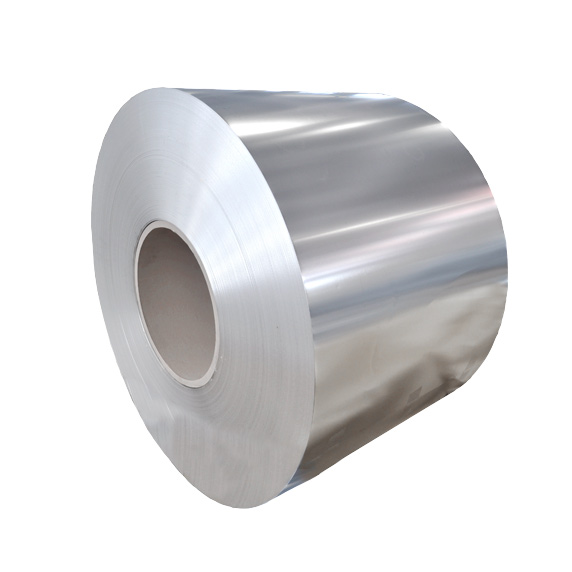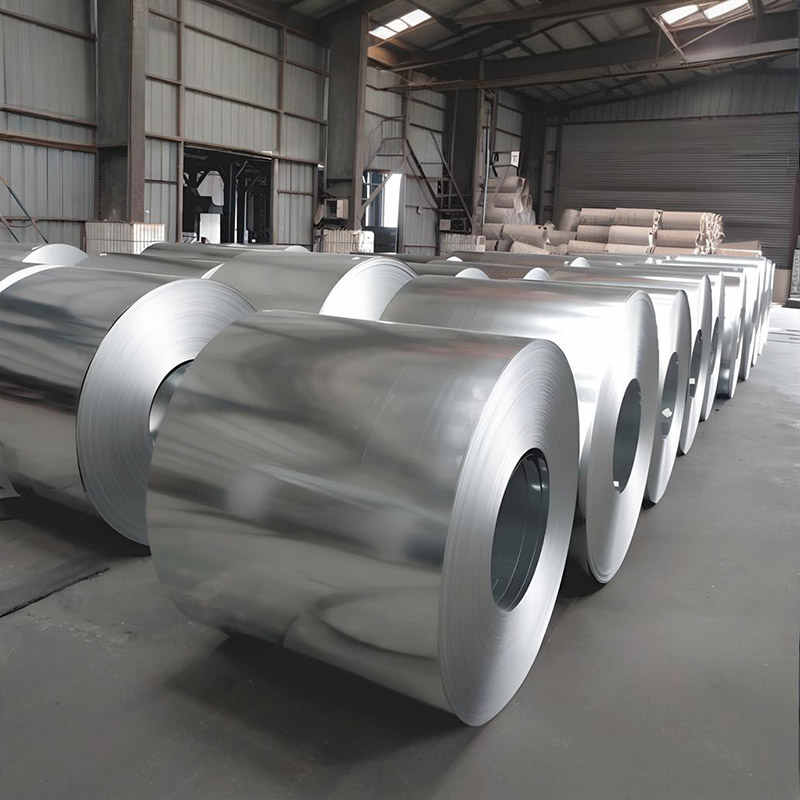What makes certain materials stand out in the competitive world of food packaging? When it comes to preserving food quality while ensuring safety, electrolytic tinplate (ETP) has emerged as the undisputed champion for food cans. But what exactly gives this material its exceptional properties?
Electrolytic tinplate is essentially steel sheet coated with a thin layer of tin through electrolytic deposition. This process creates a material with remarkable strength, formability, and corrosion resistance – essential characteristics for food packaging. The tin coating typically ranges from 0.4 to 2.8 pounds per base box, providing just enough protection without unnecessary material usage. The beauty of ETP lies in its versatility; it can be easily shaped into various can sizes while maintaining structural integrity, making it ideal for everything from small tuna cans to large food containers.
How does ETP ensure food safety remains a paramount concern? The tin coating acts as an effective barrier against external contaminants while preventing the food from reacting with the steel base. This barrier is particularly crucial for acidic foods like fruits and tomatoes, which could otherwise corrode lesser materials. Additionally, ETP’s non-toxic nature ensures that no harmful substances leach into the food, maintaining its purity and taste throughout the product’s shelf life. The material’s hermetic sealing capability further protects against oxygen, light, and moisture – the primary enemies of food freshness.
What about sustainability in an increasingly eco-conscious world? ETP shines brightly in this aspect as well. The material is 100% recyclable without loss of quality, making it a circular economy champion. In fact, steel is the world’s most recycled material, and tinplate recycling rates exceed 80% in many countries. The energy required to recycle ETP is significantly less than producing new material, reducing the carbon footprint substantially. Manufacturers also appreciate that ETP can be produced using varying amounts of recycled content without compromising performance, aligning perfectly with corporate sustainability goals.
Beyond its technical superiority, the food industry has embraced ETP for its economic advantages. The material’s lightweight nature reduces transportation costs, while its durability minimizes product damage during handling and distribution. From an aesthetic perspective, ETP provides an excellent surface for printing and decoration, enhancing brand visibility on retail shelves.
The future of food packaging undoubtedly includes continued innovation in ETP technology. Researchers are developing thinner coatings with enhanced protective properties, further reducing material usage while maintaining performance. As consumer demand for safe, sustainable packaging grows, electrolytic tinplate is well-positioned to remain the material of choice, combining time-tested reliability with cutting-edge advancements to meet the evolving needs of the global food industry.



